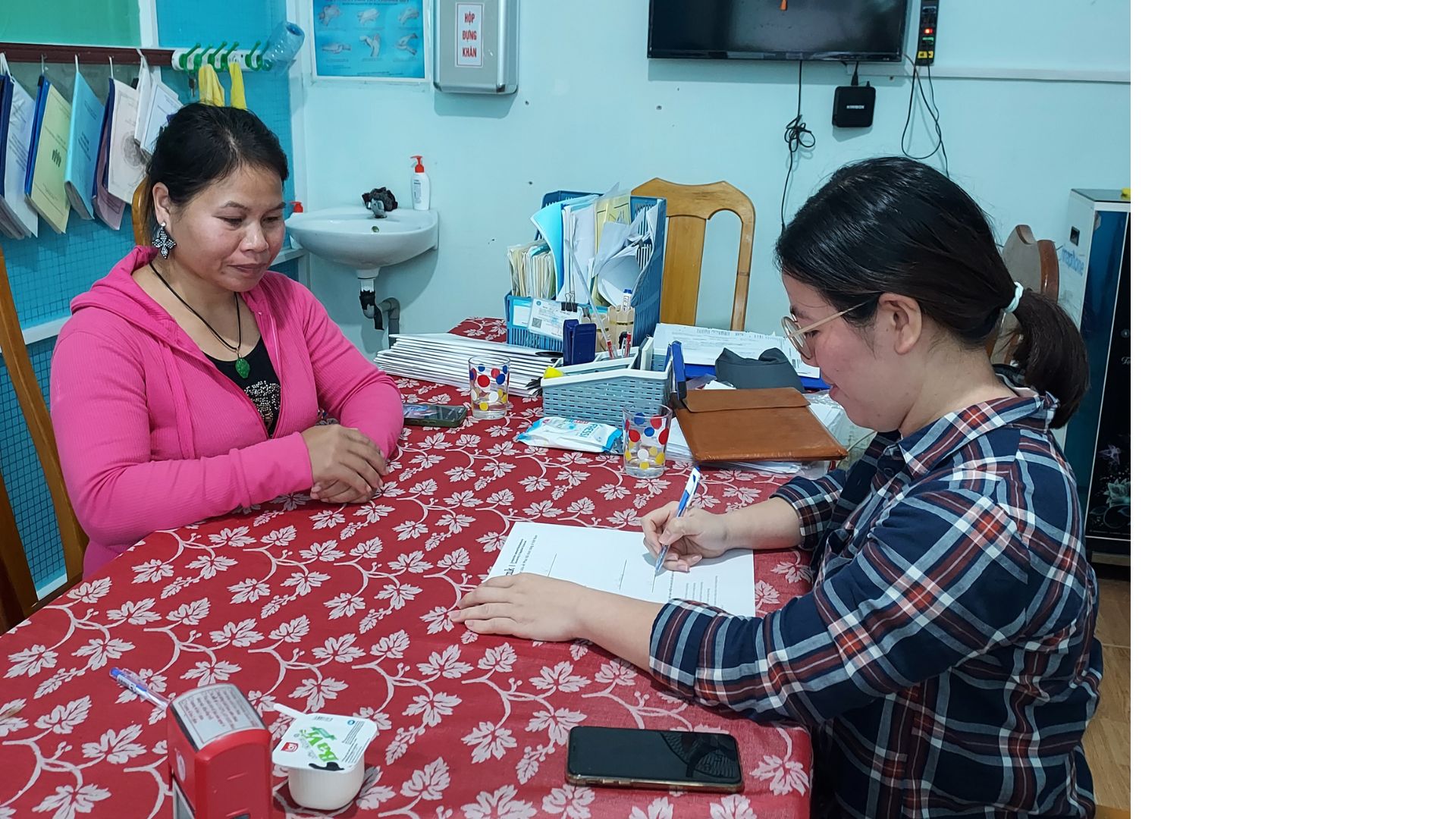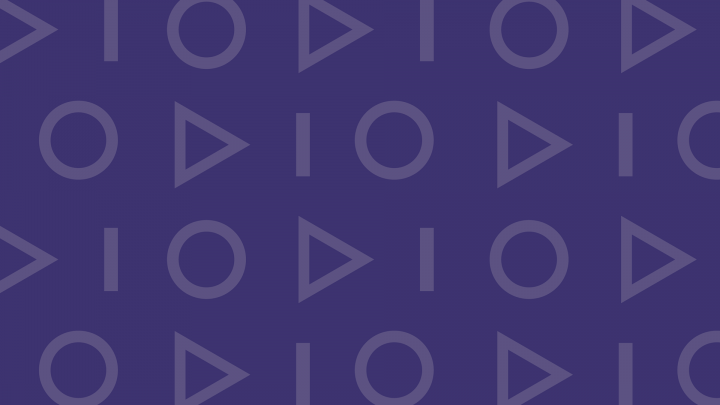Vietnam is an interesting country with a diverse cultural heritage, a resilient spirit shaped by its history, and a rapidly developing economy in the modern era. Development and investments have focused also on healthcare infrastructure and the government has been working on improving healthcare access for all citizens. Despite the progress, there is still a need for further infrastructure development, raising awareness about rehabilitation services, and ensure the even distribution of services between the remote and urban areas.
article
From tradition to digitalization: Navigating rehabilitation challenges in Vietnam

One of the special features of the country and its culture is traditional Vietnamese medicine. It is a significant aspect of the healthcare system, running parallel to modern medicine. Many individuals also utilize a combination of traditional and Western medicine in rehabilitation. Especially in rural areas, traditional rehabilitation might be the only rehabilitation practice accepted by customers. The most common and wanted therapy is acupuncture. Hospitals might be equipped with several rehabilitation technologies, but devices are not in use, and they might even be covered by sheets. Traditional medicine is deeply ingrained in Vietnamese culture, and many people trust and value the practices passed down through generations. This cultural specificity must be respected in every effort to develop rehabilitation services in Vietnam.
However, a lot of work could be done to facilitate access to rehabilitation, as there are few rehabilitation professionals in relation to the needs and the distances are long, especially in remote areas. In Vietnam, as in many other developing countries, income disparities are also significant, contributing to inequality in accessing rehabilitation services. These challenges could be addressed by integrating digital rehabilitation technologies into the social and health care systems. Technological innovative solutions could bridge disparities in healthcare by providing assistance at the community level with minimal costs, improving access to services, and empowering people to manage their own health, well-being, and rehabilitation needs in different contexts.

